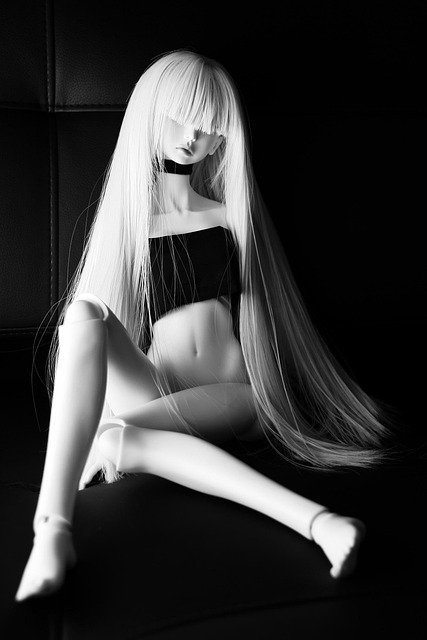Color Analysis: Understanding Color Theory and Harmony
Color analysis is a practical approach to understanding how colors interact, influence perception, and support visual goals in design, fashion, branding, and personal styling. At its core, color analysis combines systematic tools and subjective observation to identify which hues, contrasts, and harmonies work best in a given context. It draws on color theory and the color wheel to organize relationships among hues, while considering color psychology to account for emotional and cultural effects. Whether you’re choosing a palette for a website, a wardrobe, or an interior space, color analysis helps translate abstract color concepts into usable decisions.

Color theory: Foundations and practical use
Color theory is a set of principles that explains how colors relate and how they can be combined effectively. It covers primary, secondary, and tertiary colors, additive (light) versus subtractive (pigment) systems, and concepts such as hue, value (lightness), and saturation (intensity). For practical use, designers and stylists rely on these principles to establish contrast, hierarchy, and visual rhythm. Understanding color theory helps predict how colors will mix, how they affect readability, and how they perform in different mediums. This foundation makes color choices intentional rather than purely aesthetic.
Color wheel: Structure and applications
The color wheel is a circular diagram that arranges hues in a logical sequence, showing relationships like complementary, analogous, and triadic combinations. It’s a simple tool for generating balanced palettes: complementary colors sit opposite each other and create high contrast; analogous colors sit next to each other and provide cohesion; triadic palettes use three evenly spaced hues for dynamic balance. In application, the color wheel guides decisions in branding, UI design, fabrics, and art. Variations such as warm versus cool wedges and tinted or shaded versions of colors offer finer control over mood and legibility.
Color analysis: Methods and who uses it
Color analysis refers to methods for evaluating which colors are most effective or flattering for a particular subject, whether a person, product, or space. In personal styling, seasonal analysis classifies a person’s coloring into categories (e.g., warm or cool palettes) to recommend clothing and makeup. In product and brand contexts, color analysis assesses target audiences, cultural connotations, and practical constraints like print vs. digital reproduction. Professionals using color analysis include graphic designers, interior designers, stylists, photographers, and marketers. Techniques range from sample swatching under consistent light to digital mock-ups using calibrated displays.
Color psychology: Perception and emotion
Color psychology studies how colors influence feelings, behavior, and perceptions. While cultural and individual differences shape responses, certain associations are commonly observed: blues can feel calming and trustworthy, reds can be energizing or attention-grabbing, and greens often signal nature or health. These associations are tools rather than rules; effectiveness depends on context, saturation, contrast, and accompanying imagery or messaging. In marketing and UX, understanding color psychology helps designers align visual choices with intended emotional responses, but decisions should be tested with real users to avoid unsupported generalizations.
Color harmony: Balancing palettes
Color harmony describes combinations that are visually pleasing and coherent. It relies on balance among hue, value, and saturation to create unity and variety. Harmony can be achieved through complementary contrasts that provide punch, analogous blends for subtlety, or limited neutral anchors with one accent color for clarity. Attention to contrast ensures accessibility and readability: sufficient contrast between text and background is essential for legibility across devices. Achieving harmony also involves material and lighting considerations—fabrics, finishes, and ambient light alter perceived color—so practical testing is important for reliable results.
Color analysis is a practical discipline that turns theoretical color principles into clear choices for design, style, and communication. By combining color theory, the color wheel, applied analysis methods, awareness of color psychology, and principles of color harmony, practitioners can create palettes that support functional goals as well as aesthetic ones. Effective color decisions consider context, medium, and audience, and they are often refined through testing and iteration rather than fixed rules.






